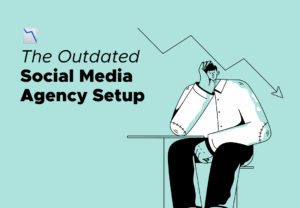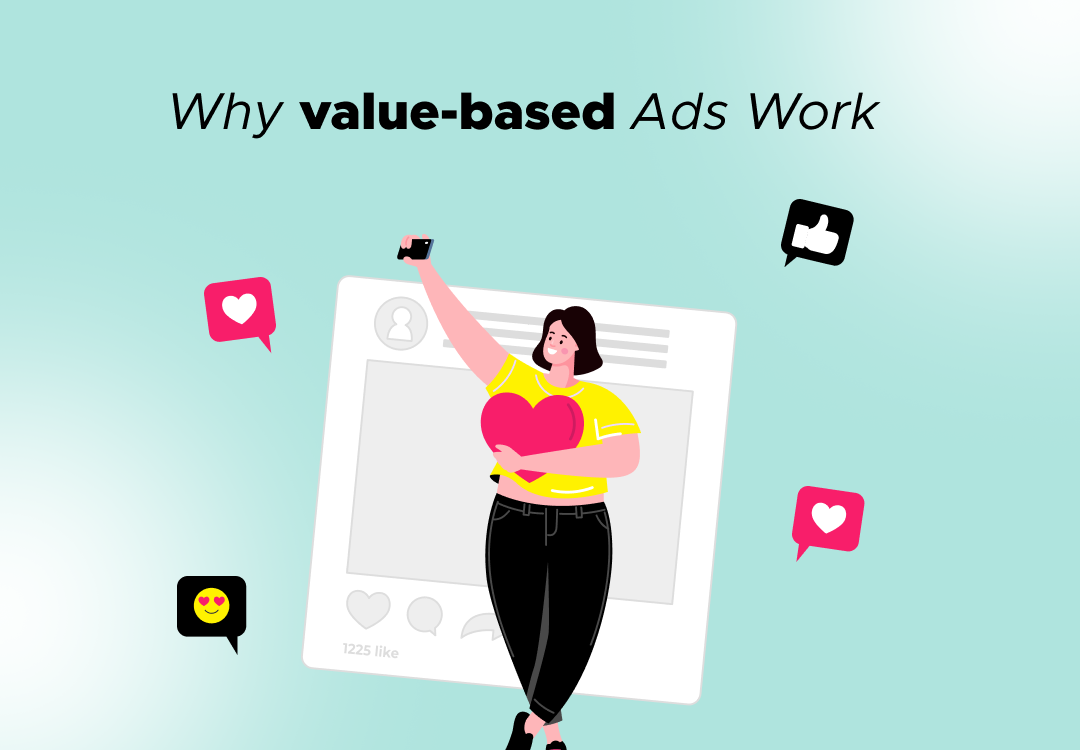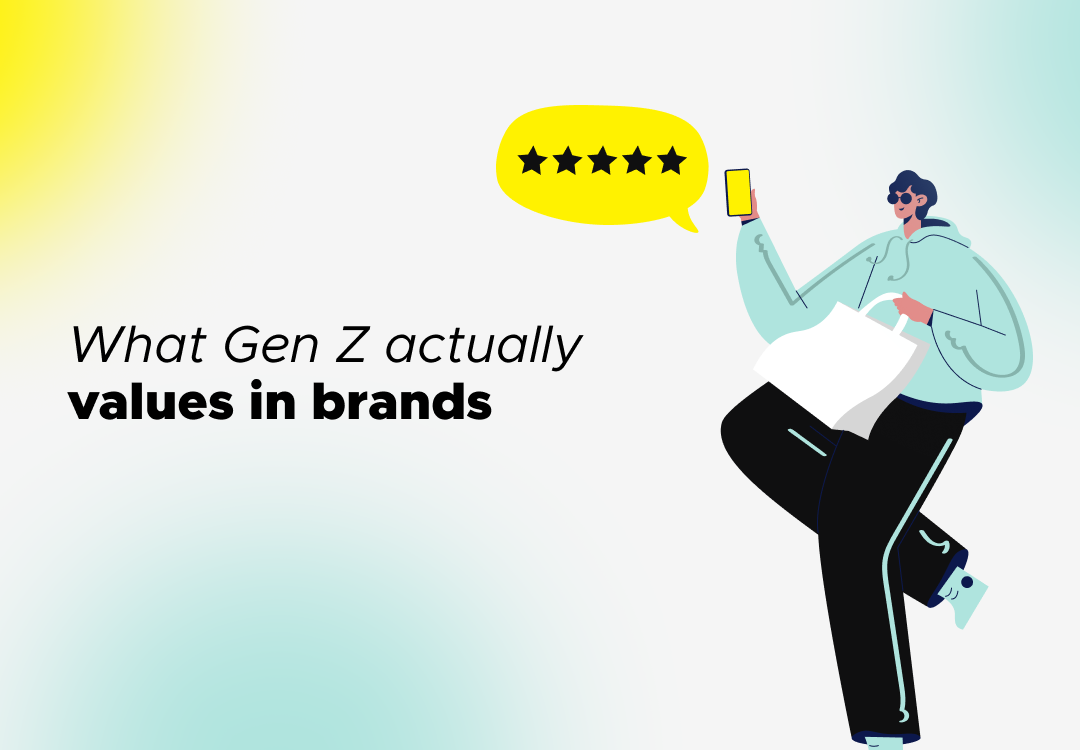Why the HQ vs Local Model Is Failing
Legacy agency models split brand teams by HQ and local market. It’s slow, expensive, and out of sync with how people consume content. Here’s why you need an integrated global marketing team with local market execution at scale.
July 26, 2025

The Global Brand Dilemma
Most global brands are still operating under an old rulebook: headquarters sets the strategy, local markets execute often with little alignment, inconsistent budgets, and disconnected agency partners.
On paper, this sounds logical. In reality, it’s a nightmare for performance.
You’re managing global marketing campaigns in real-time on platforms that demand cultural fluency, speed, and content agility. But your structure slows you down, dilutes your brand voice, and burns budget across regions.
Why This Model Doesn’t Work Anymore
1. Speed mismatch: HQ waits for local teams. Local teams wait for HQ. Meanwhile, TikTok trends are gone in 48 hours.
2. Mixed messaging: One market is posting memes, the other is posting product shots. The result? A fractured brand identity.
3. Budget inefficiency: Without integration, you’re duplicating work across every campaign rollout.
4. No shared KPIs: HQ optimises for impressions, while local teams care about conversions. There’s no unified success metric.
5. Outdated approvals: Layered sign-off structures kill agility in content production, creator approvals, and campaign execution.
What’s Replacing It
To win globally in 2025, you need a global social media agency that functions as one integrated team across markets. That means:
-
A centralised brand strategy that adapts to regional needs in real-time.
-
Local market execution at scale, delivered by culturally fluent teams.
-
Cross-market social media execution that’s coordinated, not siloed.
-
A shared tech stack with automated reporting, AI-powered insights, and performance tracking software.
-
A true international social agency with cross-functional teams—creative, paid, influencer, and commerce working as one.
From Patchwork to Performance
Your current setup may be costing you more than you realise. Delayed campaign launches. Missed cultural moments. Underperforming influencer campaigns.
With a scalable social media campaign architecture, you don’t just save time—you multiply impact.
This model isn’t about replacing local teams. It’s about empowering them—within a clear, aligned, and data-driven framework that reflects the pace and complexity of today’s platforms.
What Needs to Happen Next
-
Audit your current structure. Where are delays happening? Where are budgets duplicating?
-
Consolidate fragmented agency partnerships. Choose one integrated partner who can execute globally and locally.
-
Centralise your data and KPIs. Start measuring what matters across all markets and campaigns.
-
Move toward a unified, tech-enabled operating system. It’s not just the future it’s what your competitors are already doing.
Latest News ☕

The power of value-driven advertising and why it converts
October 25, 2025
Discover how value-driven advertising drives 79% higher conversions by aligning with demog...

What Gen Z expects from brands in 2025
October 23, 2025
Gen Z is forcing brands to rethink everything - from sustainability commitments to diversi...

Instagram Rings: The newest creator award for social media recognition
October 20, 2025
Instagram has launched Rings, a revolutionary creator awards programme that celebrates ar...


